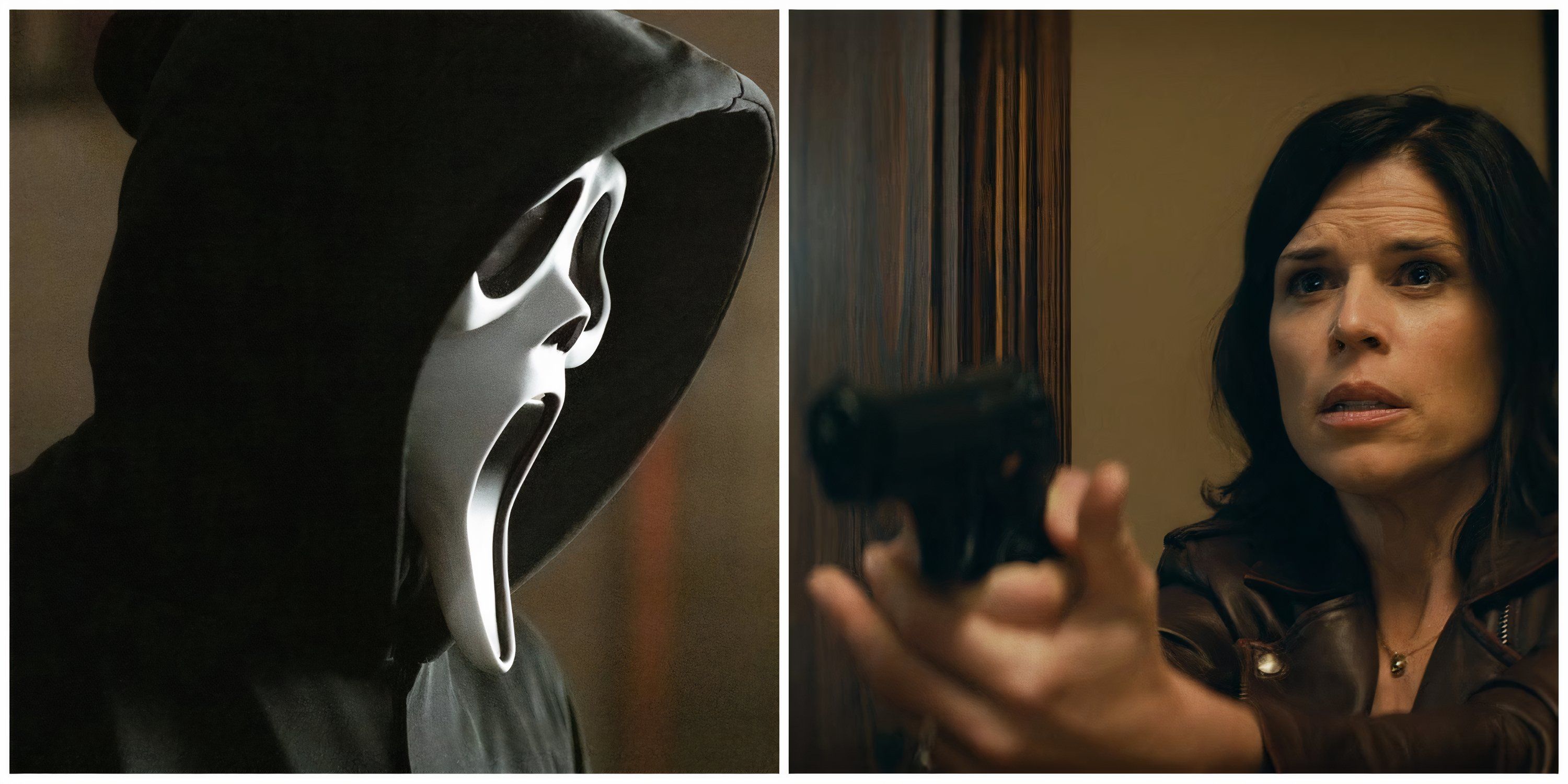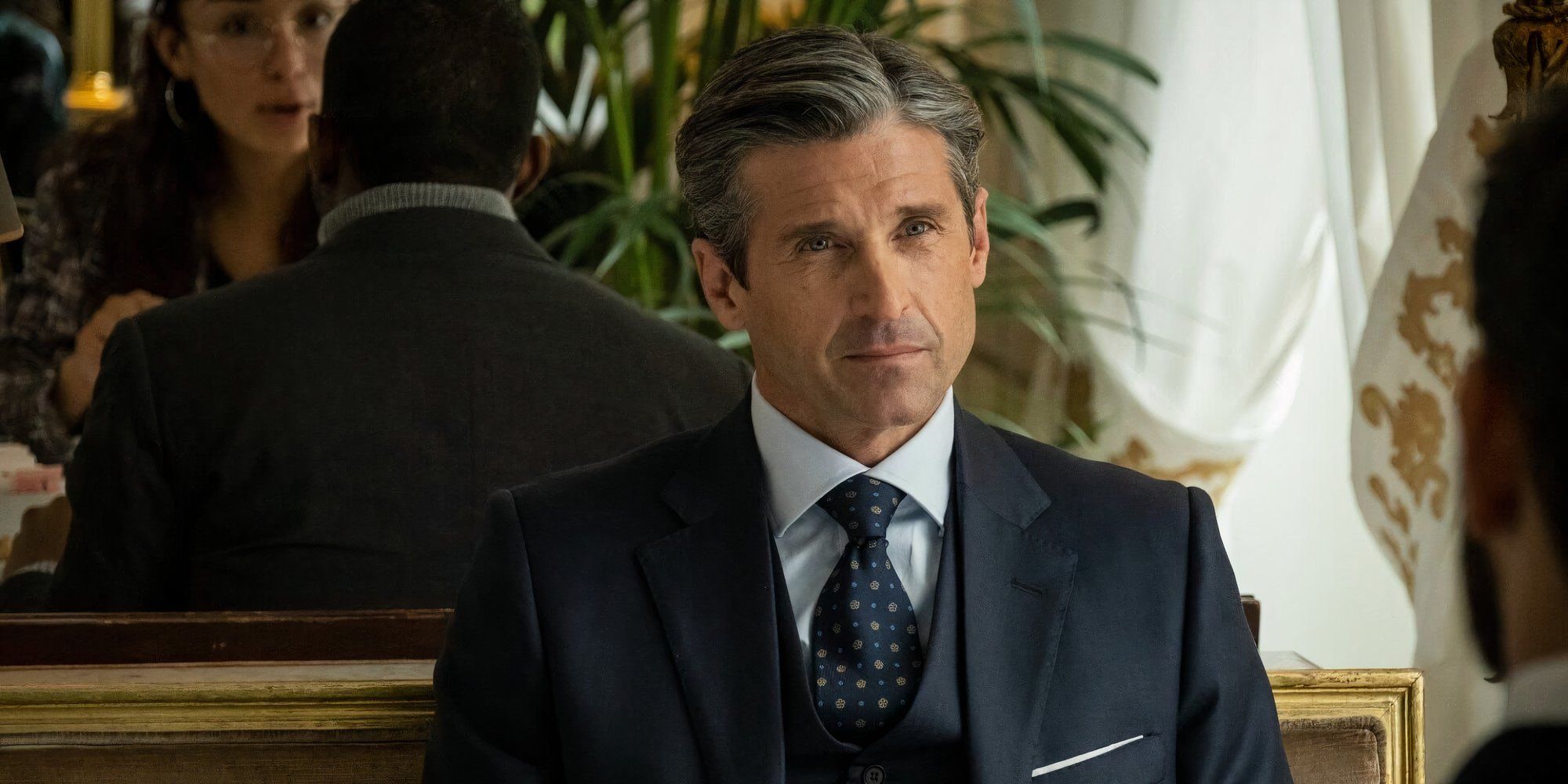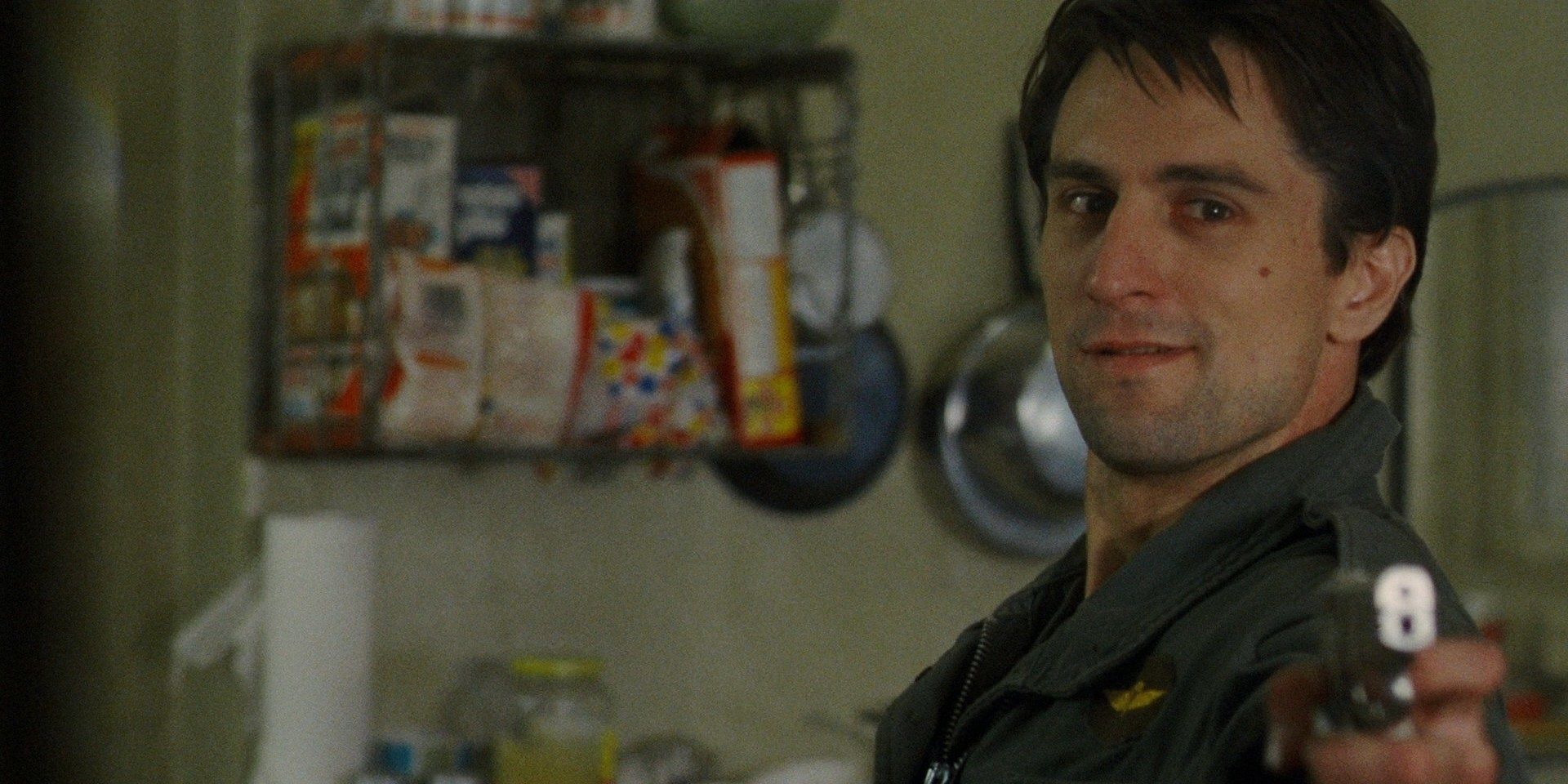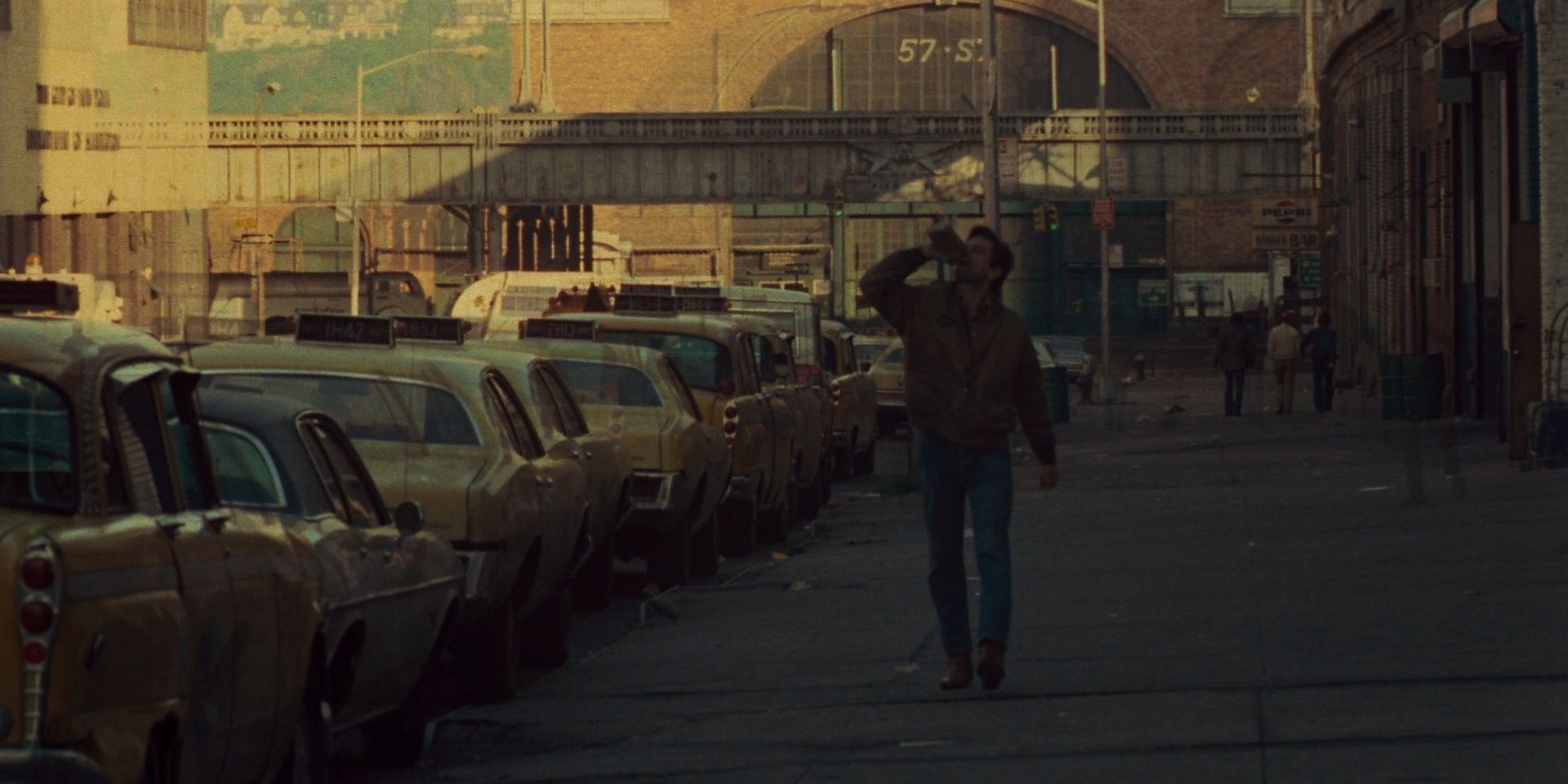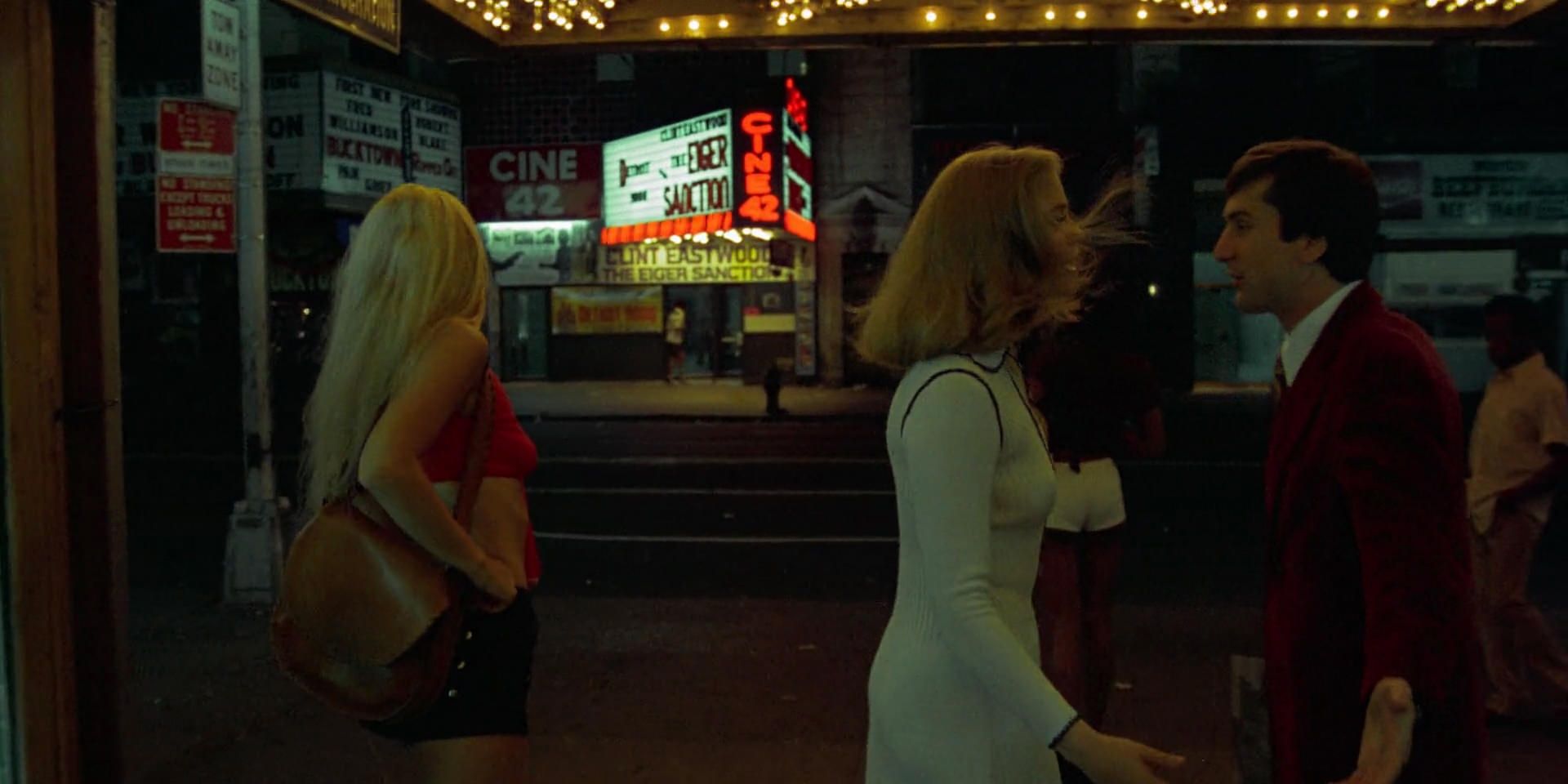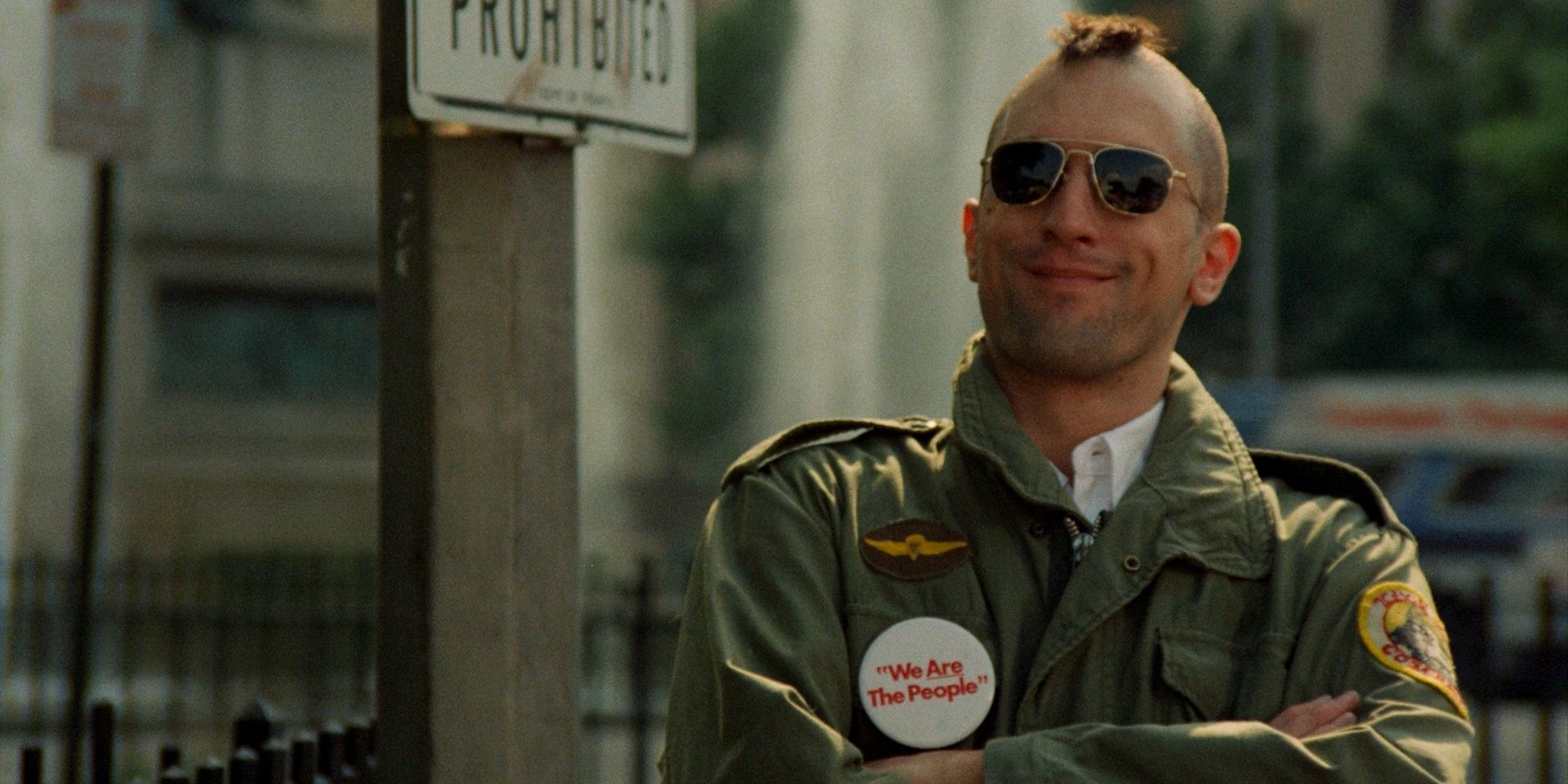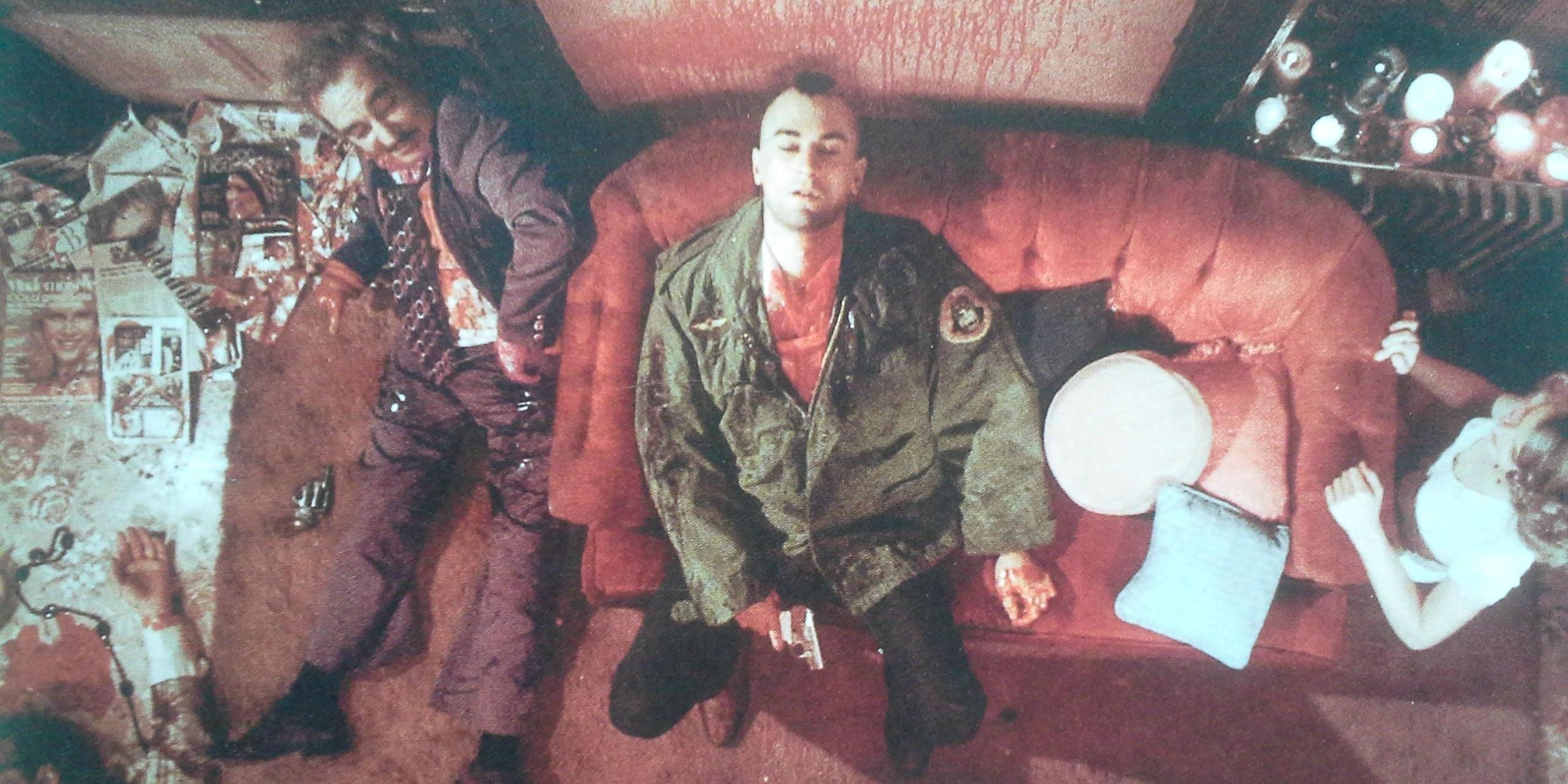Highlights
- Scorsese and De Niro's collaboration in Taxi Driver, influenced by European films, created a character study of mentally unstable protagonists with lasting cultural impact.
- The plot follows Travis Bickle, a disturbed taxi driver, as he navigates the seedy streets of New York City and takes matters into his own hands to rid the city of crime.
- The ambiguous ending of the film leaves viewers questioning whether Travis is dead or alive, sparking ongoing discussions and showcasing the timeless nature of the film.
When Martin Scorsese and Robert De Niro work together, excellence is guaranteed. What began as a teenage friendship between a couple of passionate New York artists turned into the greatest director-actor duo in the history of cinema, resulting in ten outstanding films over the past five decades. Among their iconic collaborations, 1976's neo-noir thriller Taxi Driver stands atop the list due to its contribution as one of the seminal films in the New Hollywood Movement and its lasting cultural impact throughout the years.
Inspired by Italian Neorealist films like Roberto Rosellini's 1945 war epic Rome, Open City and Vittorio De Sica's 1948 gut-wrenching drama The Bicycle Thief, Scorsese and screenwriter Paul Schrader designed Taxi Driver with an authentic European edge that was rarely seen in Hollywood. Rather than focusing on the events of the plot, the two approached the film as a character study, citing Fyodor Dostoevsky's Notes from Underground as a key influence on the text both in tone and structure. The most important aspect of each narrative is their ambiguity, particularly regarding the behaviors of their mentally unstable protagonists, a topic that is more relevant than ever.
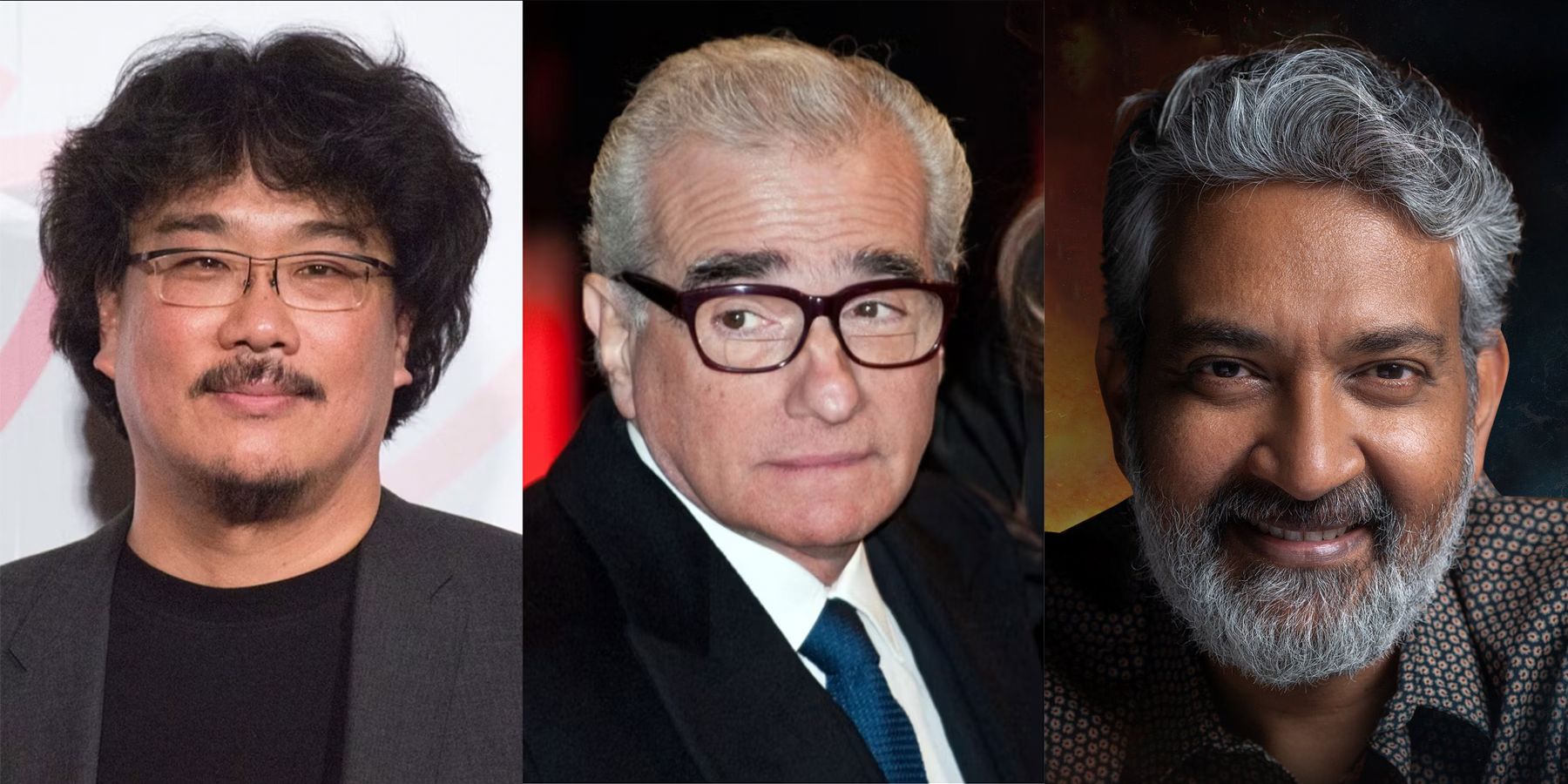
Martin Scorsese, Bong Joon-ho, And S.S. Rajamouli Pick Their All-Time Favorite Movies
Martin Scorsese, Bong Joon-ho, and S.S. Rajamouli were part of a poll that tried to pin down the best movies, and here are their picks.
What Happens in Taxi Driver?
Travis Bickle (Robert De Niro) takes a night shift driving a taxi in New York City so that he can cope with his chronic insomnia, a condition he usually treats with trips to his favorite adult movie theater or by internally reflecting on the "scum" that inhabits the streets. One of the places he often parks his cab is the presidential campaign headquarters for Senator Charles Palentine (Leonard Harris), where the apple of his eye, a blonde ingénue named Betsy (Cybill Shepherd), volunteers under her nosy supervisor Tom (Albert Brooks). Travis musters the courage to ask Betsy out for coffee and on their date she explains that she feels a "special connection" between them.
On their next date, Travis, in one of the most uncomfortable scenes in cinema history, takes Betsy to a more upscale adult movie theater compared to the one he visits alone earlier in the film. Betsy hesitantly follows Travis inside and breaks for the exit as soon as the movie begins, repulsed that this was his idea of a nice date. After she leaves him, Travis calls her the following day only to be painfully rejected as the camera pans away from him to a vacant hallway (Scorsese has emphasized that this 97-second shot is the most important to the film). Travis then storms into the campaign headquarters and berates her for ignoring him and being "like the rest of them."
Back on the streets, Travis continues to absorb the crime and prostitution that surround him, forcing his thoughts to take a violent turn. He begins to intensely train himself by force and flame as he tries to expel the anger from within him. One of his fellow drivers Wizard (Peter Boyle) assures him that everything will be okay while another cabbie suggests that he buy a gun from his black market dealer Easy Andy (Steven Prince). Travis has now given himself a purpose in life; to be the vigilante he thinks the city needs to stop all the crooks, which he proves by stopping a convenience store robbery with one of his new weapons.
One night, Travis encounters the distressed Iris (Jodie Foster in her star-making role) who is quickly taken back into the control of Sport (Harvey Keitel). Returning to her street with a bit of a disguise, Travis pays Sport to spend some time with her in an attempt to liberate her from his clutches, but Iris claims her behavior from the other night was due to marijuana and that she is fine with where she is. Between his inability to satisfy Betsy and protect Iris, Travis has found himself in a position where he feels he needs to do what others cannot or do not do.
How does Taxi Driver end?
The next time viewers see Travis, his head has been shaved down to a mohawk. He attends one of Palentine's rallies and plans to assassinate him until a Secret Service Agent chases him away once he unzips his jacket. Brimming with rage following his failure, Travis returns to Sport's brothel that night and blasts away all the degenerates who run the establishment. As Iris sobs at the bloody mayhem, Travis attempts to take his own life but does not have any bullets left. The cops enter the scene only to witness a delirious Travis raise his pointed finger to his head and pull the trigger.
As Travis recovers from his injuries, he is labeled a hero by the press and personally thanked by Iris' parents, who send him a letter of gratitude for rescuing their daughter. Back at work with a full head of hair, Travis roams the city and fortuitously picks up Betsy as a fare. She tells him about the newspaper headlines she has read about him as Travis cordially drops her off, rejecting her money with a smile. The final shot of the film mirrors one of its first, with an agitated Travis looking into his taxi's rearview mirror.
How to Interpret the Ending of Taxi Driver
Everybody loves an ambiguous ending. Both Scorsese and Schrader have said in the past that their intention was not for the final scene to be Travis' dying fantasy, however, they believe it is still a legitimate interpretation. There is certainly plenty of evidence to support this; the opening shot of the taxi passing through the smoke that rises out of the sewer, the red lighting of Travis' face as he watches the streets, the overhead shot gliding above Travis' bloodshed as if his soul is leaving his body, etc. Not to mention the metaphor of the entire film itself which compares life in the city to hell, a thesis Scorsese revisits in a lighter fashion with 1985's After Hours. Whether Travis is dead or not, the fact that this discussion remains active after almost 50 years since Taxi Driver's release shows just how timeless it is.

